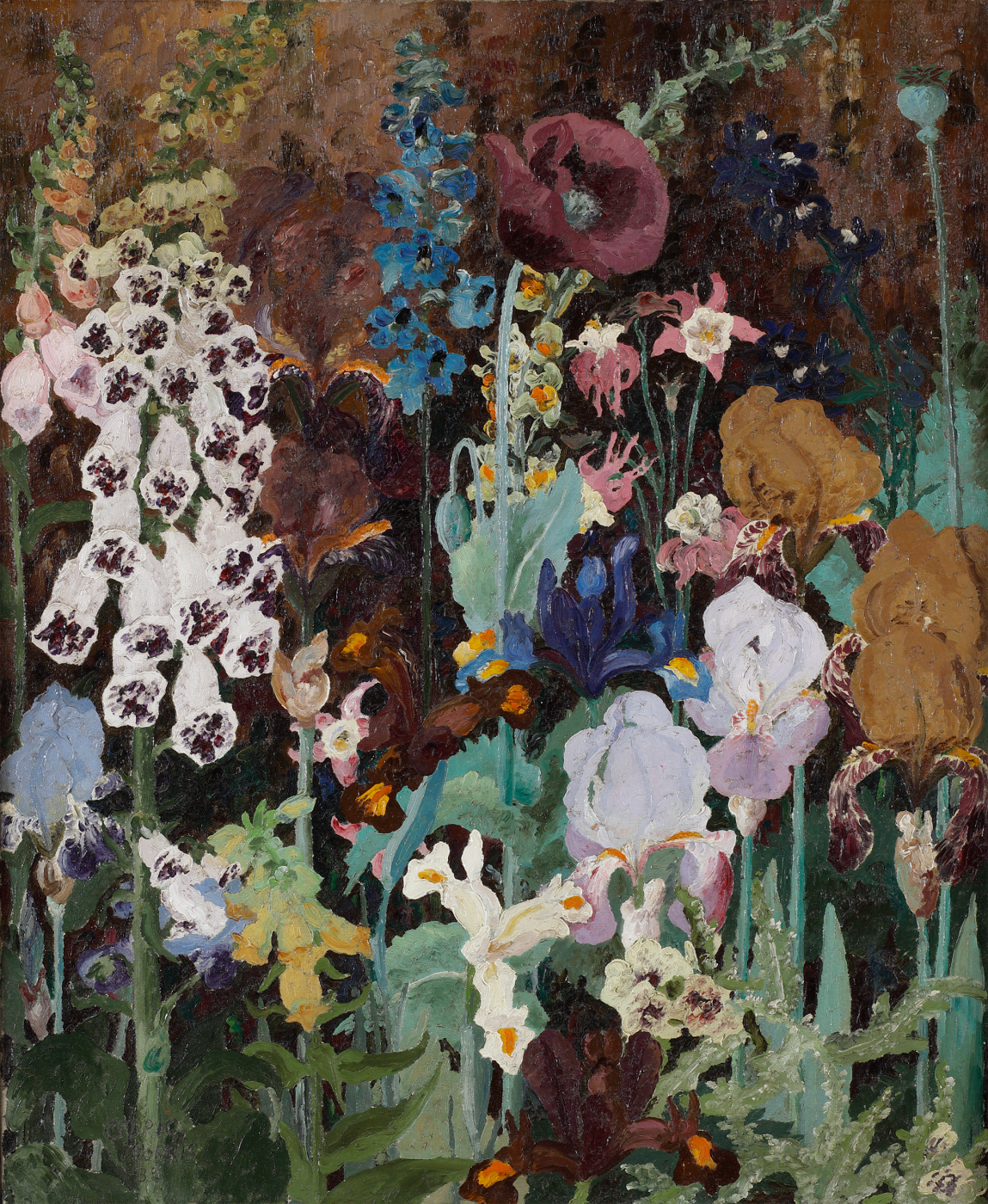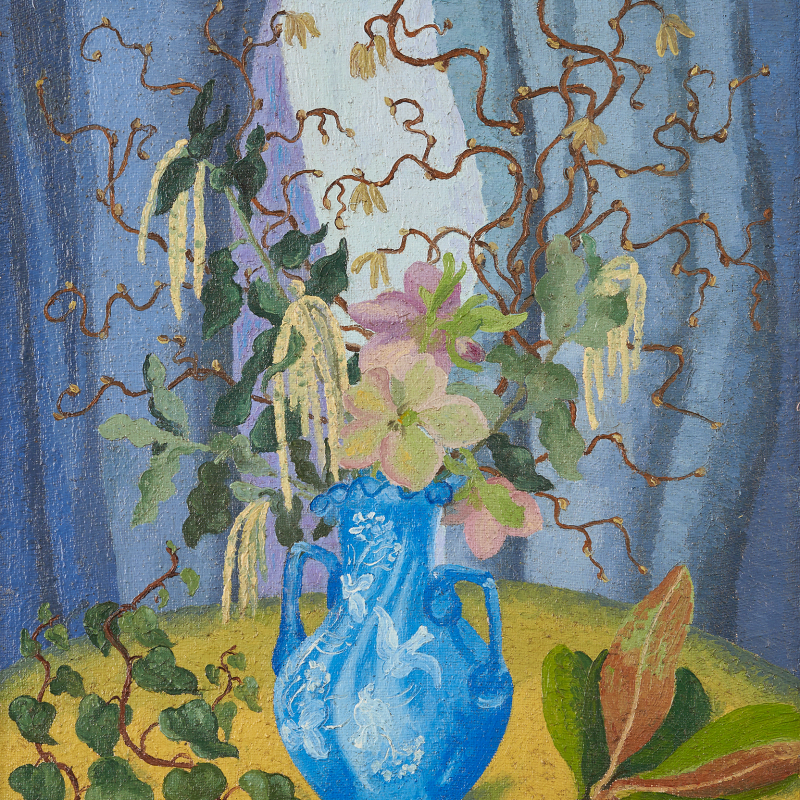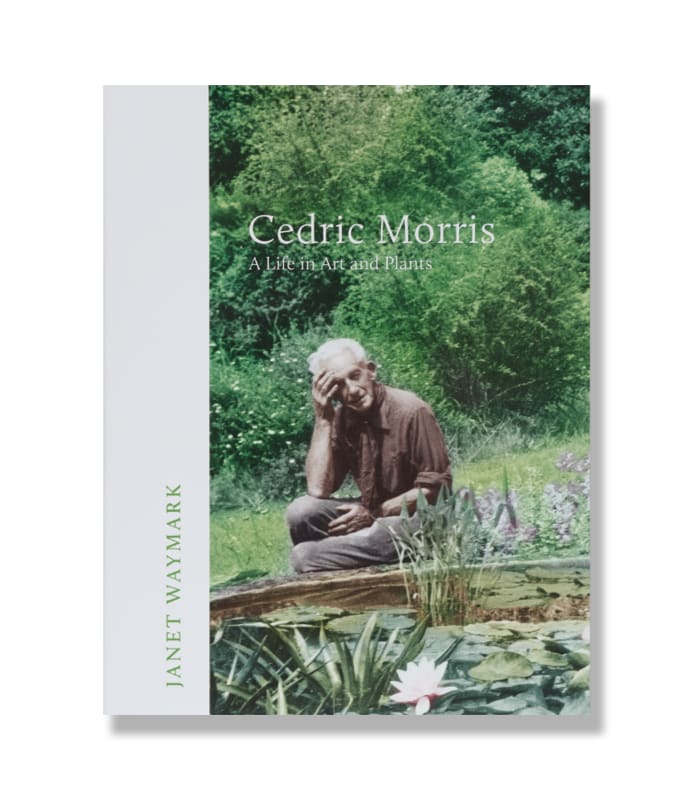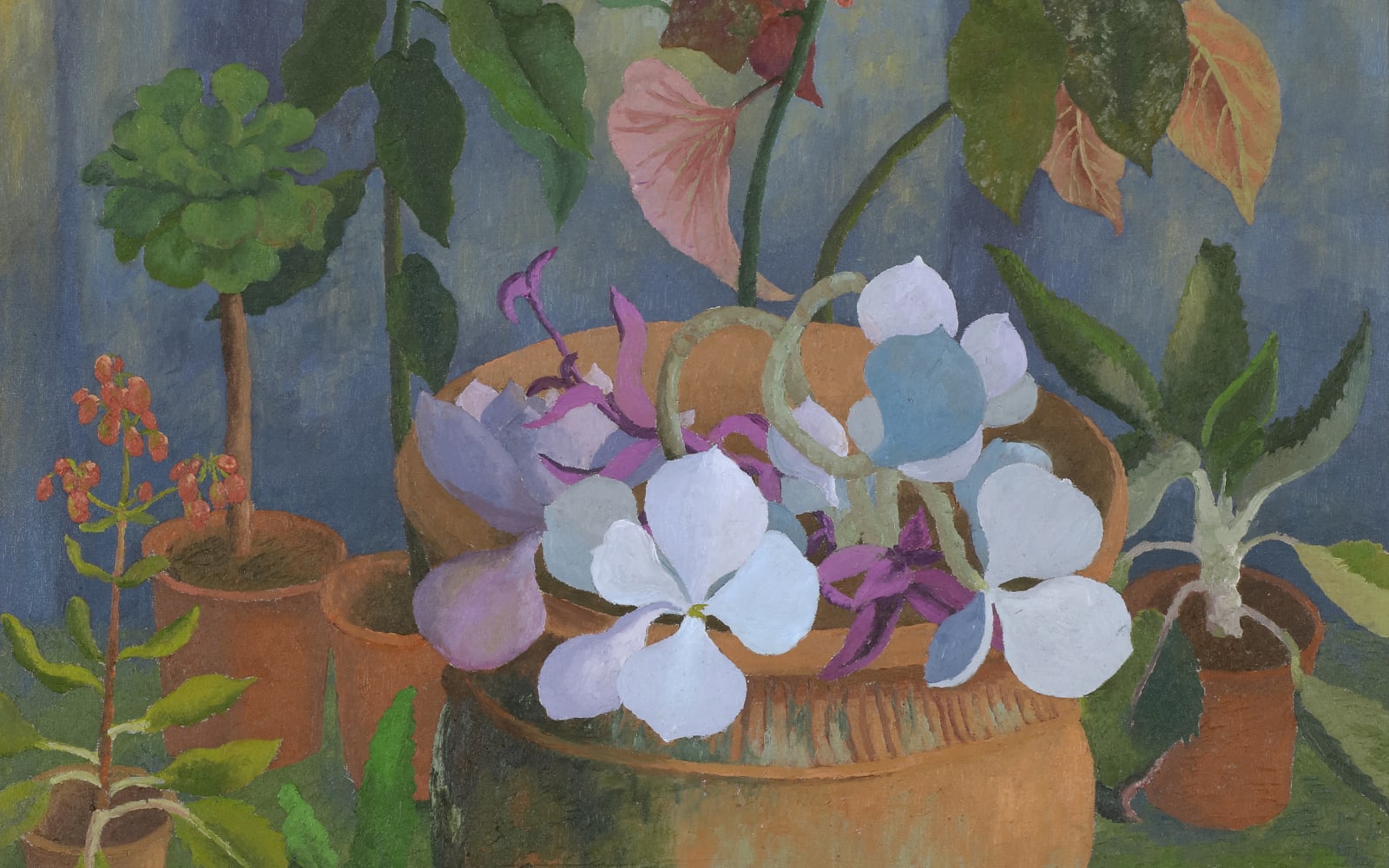Few twentieth century British artists were more consciously drawn to nature in all its manifestations than Cedric Morris.
In 1929 Cedric Morris and his partner Arthur Lett-Haines left city life behind them and escaped to the countryside. Surrounded by rolling hills and wild, untamed nature in West Suffolk, Morris's creativity flourished - both on canvas and in his beloved gardens - and in the decade that followed he painted some of his greatest works. During the wartime years Morris and Lett kept their recently established art school - the East Anglian School of Painting and Drawing - open for pupils and transformed areas of their land at Benton End into a well-ordered vegetable garden. During this period of isolation and uncertainty Morris found solace in his art and gardens and some of his most introspective works were painted at this date. After the war Morris was free to roam the English countryside once again and visited, amongst other places, Wales, Cornwall and the Isles of Scilly, each of which provided an interesting landscape quite unlike Suffolk which he...
In 1929 Cedric Morris and his partner Arthur Lett-Haines left city life behind them and escaped to the countryside. Surrounded by rolling hills and wild, untamed nature in West Suffolk, Morris's creativity flourished - both on canvas and in his beloved gardens - and in the decade that followed he painted some of his greatest works. During the wartime years Morris and Lett kept their recently established art school - the East Anglian School of Painting and Drawing - open for pupils and transformed areas of their land at Benton End into a well-ordered vegetable garden. During this period of isolation and uncertainty Morris found solace in his art and gardens and some of his most introspective works were painted at this date. After the war Morris was free to roam the English countryside once again and visited, amongst other places, Wales, Cornwall and the Isles of Scilly, each of which provided an interesting landscape quite unlike Suffolk which he deftly captured in paint. In 1950, after receiving a new passport, Morris was able to once again travel abroad and over the decades that followed his time was increasingly divided between painting, gardening, teaching and travelling.
This online selling exhibition will bring together fifteen still-life and landscape works painted by Morris in England and Wales between c.1929 and 1950, and will demonstrate the profound impact the English countryside had on the life and work of one of Britain's most accomplished painters of nature.
Read the accompanying essay below or follow the link here















